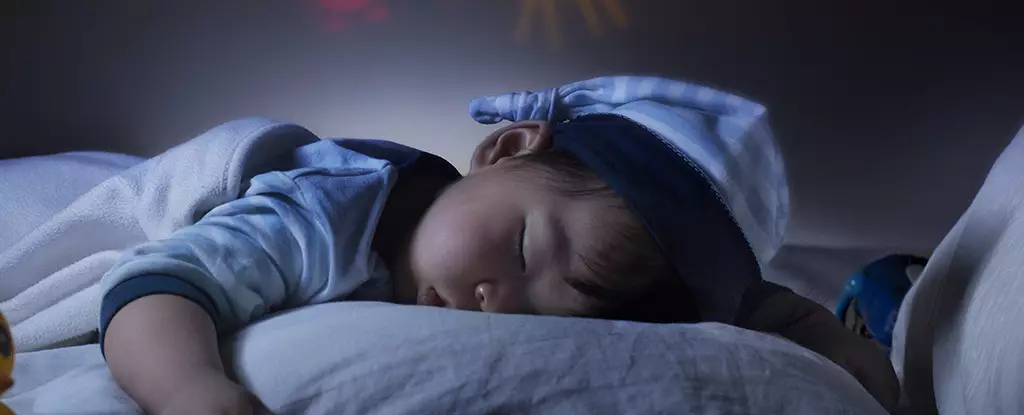In a world where childhood should be synonymous with safety and comfort, recent research raises grave concerns about what may lurk in the very beds intended to cradle our children. The University of Toronto’s investigation spotlights a troubling reality: many children’s mattresses are releasing chemicals linked to potential brain damage. This research does more than just inform; it compels us to confront an unsettling truth about the products that shape our children’s most vulnerable years.
The analysis focused on the bedrooms of 25 children aged six months to four years, uncovering an array of semi-volatile organic compounds (SVOCs), which have been previously tied to serious health issues, including cognitive impairment and respiratory conditions like asthma. In the era of heightened awareness surrounding children’s health, these findings should serve as a clarion call for families, manufacturers, and policymakers alike.
Understanding SVOCs and Their Implications
The presence of SVOCs in children’s sleeping spaces—particularly around the mattress, bedding, and toys—suggests a hazardous overlap between comfort and risk. Scientists detected over two dozen types of these harmful substances, with concentrations notably higher in the immediate areas where children sleep. What does this mean for parents? The implications are staggering; as children spend more time asleep and have bodies that absorb chemicals more readily, the sleeping environment becomes not just a haven but a potential danger zone.
The study deliberately refrained from assigning specific risk values to the observed chemical exposure, emphasizing the uncertainty surrounding how these compounds interact within the body and affect health over time. However, the findings do underscore a fundamental concern: children’s brains are still developing, making them uniquely susceptible to the adverse effects of chemical exposure during critical growth phases. The need for further research is clear, yet the urgency to act cannot be overstated.
Fire Retardants and the Fallout of Regulation
One particularly concerning finding from this research was the identification of tris(2-chloroethyl) phosphate, a flame retardant banned in Canada. This discovery highlights an alarming issue: even as regulations tighten around harmful substances, dangerous chemicals remain present in everyday products such as children’s mattresses. Environmental activist and biophysical chemist Arlene Blum poignantly pointed out that these chemicals are not only ineffective for fire safety but also pose unnecessary risks to our children. If safety standards are to evolve, then so must the materials used in manufacturing children’s bedding.
Blum’s assertions serve as a reminder of the necessity for the stringent implementation of better safety standards in the industry. Parents should be reassured that the items their children take to bed with them are not potential sources of harm, but rather instruments of comfort and growth.
Practical Steps for Parents
While the revelations from this study may feel overwhelming, there are tangible strategies parents can implement to mitigate risks. The analysis indicated that bedding items such as pillows, blankets, and mattress protectors not only harbored higher counts of SVOCs but also contributed to the overall chemical burden in a child’s sleep space. Consequently, parents might consider minimizing such items and regularly washing bedding to reduce chemical exposure.
Moreover, choosing mattresses specifically certified as free from harmful substances can also be a proactive step. The market is now more aware and responsive to parental concerns and is slowly yielding safer alternatives, yet dedicated research and consumer advocacy remain crucial forces for change.
The Role of Advocacy and Responsibility
As we analyze these findings, it becomes increasingly clear that responsibility rests not only on parents but also on manufacturers and regulatory bodies. Businesses must prioritize transparency regarding their materials and processes, while safety organizations need to establish and enforce regulations that protect the most vulnerable consumers.
To ignore these mounting concerns would be to risk our children’s health and well-being during their formative years. As Miriam Diamond, the environmental chemist leading the research, asserts, the time has come for a collective wake-up call; safety cannot be an afterthought in the design and production of products intended for children. It is imperative that all stakeholders come together to advocate for change and ensure that every child’s sleep environment is indeed a sanctuary of safety and health.

